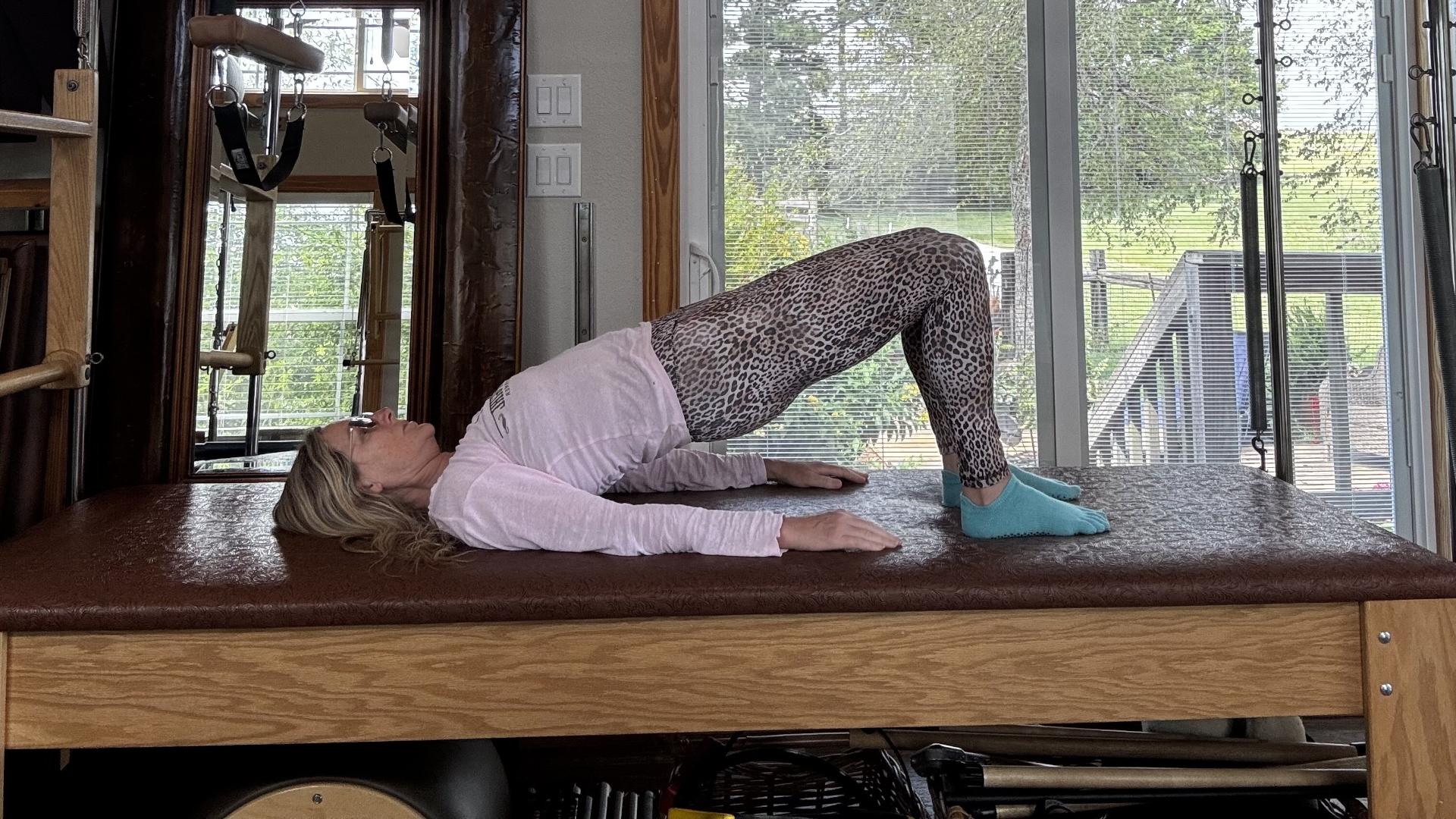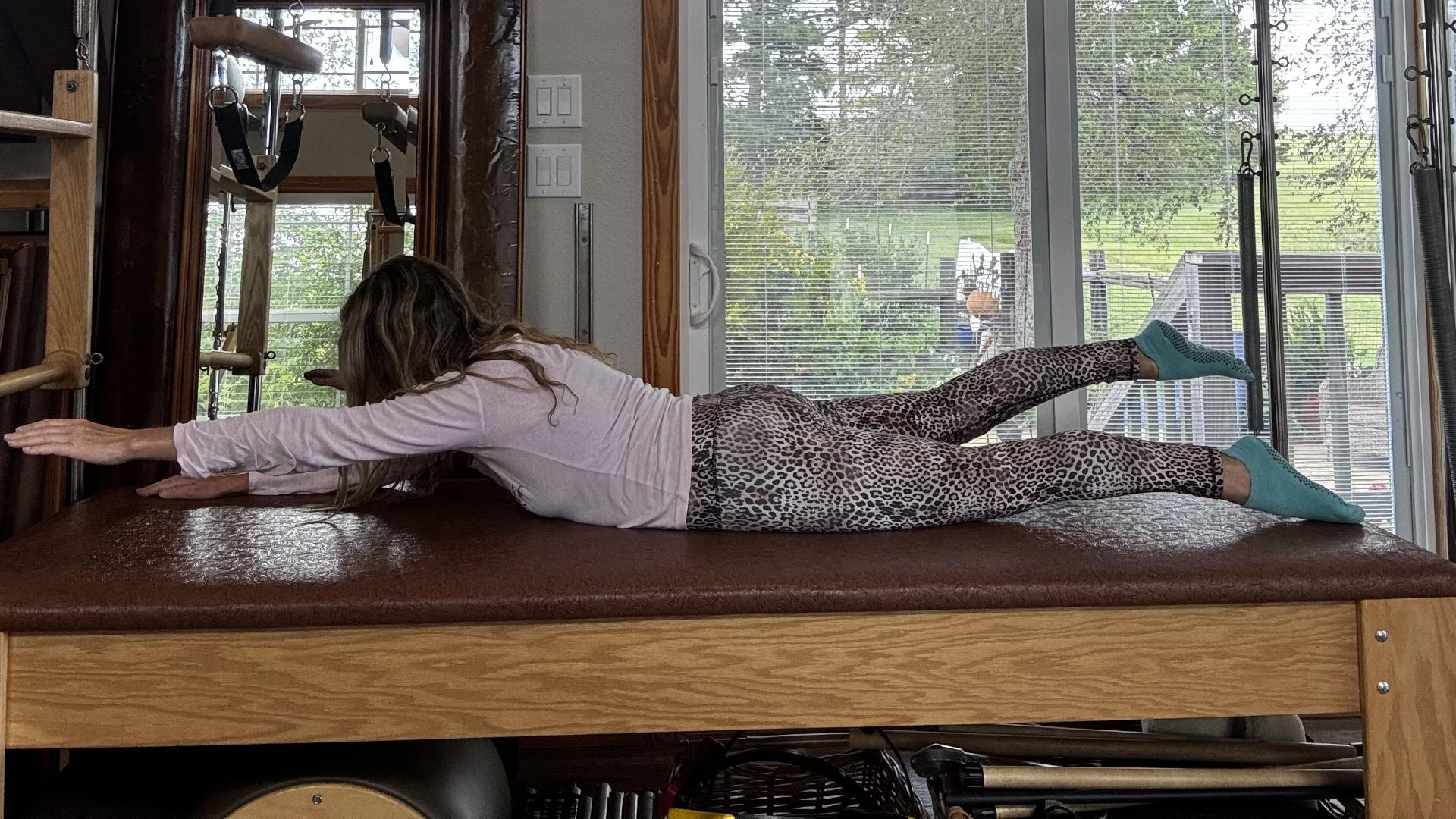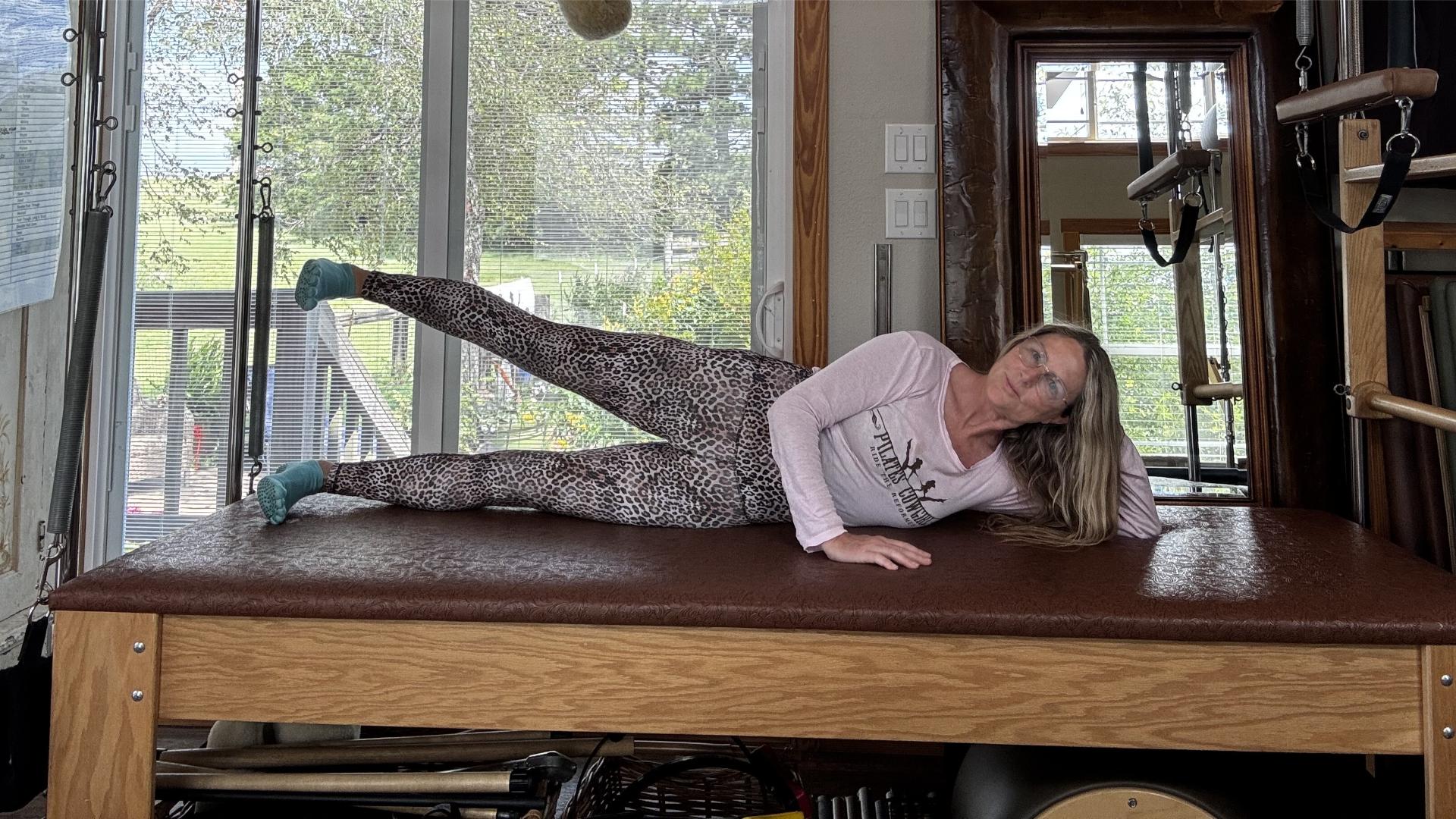Give the biggest muscle in your body the workout it deserves with this Pilates instructor’s top three butt-strengthening exercises
Train your gluteus maximus to improve your balance and stability, and futureproof your lower body

Pop quiz! What’s the biggest muscle in your body? That’s right, it’s the gluteus maximus, one of the three glute muscles in your butt. It’s not just there to look pretty—it’s a workhorse that it pays to keep primed and ready for action.
It plays a role in propelling you forward, stepping up stairs and squatting down, as well as keeping your balance. All things you take for granted until aging starts to take it toll—unless you’ve kept your glutes strong.
To help you do just that, I spoke to Pilates instructor Melody Morton-Buckleair, founder of The Good Space Pilates studio, and asked her to outline her top three glute-strengthening exercises.
They are all beginner-friendly, and you can increase (or decrease) the set or rep count to suit your current ability.
1. Bridge
Why Morton-Buckleair recommends it: Glute bridges effectively isolate the glutes—that’s why you’ll fee the burning sensation in your butt when doing them correctly.
They can also challenge your other postural muscles, because they engage your core and posterior chain.
How to do it:
Start your week with achievable workout ideas, health tips and wellbeing advice in your inbox.

Sets: 3 Reps: 6-8
- Lie on your back with your knees bent and your feet hip-width apart and flat on the floor.
- Inhale to prepare, then as you exhale, engage the muscles in your butt and lift your hips until your body is in a straight line from your shoulders to knees.
- Pause and inhale, then exhale as you lower with control.
Make it harder: Place a weight on your hips, or if you don’t have any equipment, lift one foot off the floor to perform a single-leg bridge. Make sure you complete an equal number of reps on each side.
Place your hands on your stomach, rather than on the floor by your sides, for an extra stability challenge.
2. Swimming
Why Morton-Buckleair recommends it: The leg lifts engage your glutes to support the weight of your leg, but it’s also a great way to train all the muscles involved in hip extension, which is important for walking, running and climbing stairs.
How to do it:

Sets: 3 Time: 30sec
- Lie on your front with your arms extended forward.
- Inhale as you lift your right arm and left leg.
- Exhale as you lift your left arm and right leg.
- Continue as if you are swimming front crawl.
3. Side-lying leg lift
Why Morton-Buckleair recommends it: While it doesn’t isolate the gluteus maximus, this exercise does work the supporting muscles, including the hip flexor muscles and the anterior gluteal muscles which run down the side of your butt and leg. Your gluteus maximus is still working hard when performing this movement; it’s just secondary to your other glute muscles.
Where the previous two exercises are good for the forward and backward movements from the hips, this one practices moving out to the side, which is important for overall hip mobility.
How to do it:

Sets: 3 Reps: 10, plus 1 rep with 10 pulses, each side
- Lie on your side, with one leg stacked on top of the other and your head supported by your arm, and inhale to prepare.
- Exhale as you lift the top leg, keeping your hips steady and spine neutral.
- Do 10 reps, then on the next rep pause at the top of the lift and do 10 pulses, lowering slightly then returning to the top again.

Melody Morton-Buckleair is a master Pilates instructor, retreat leader and founder of The Good Space in Houston and Elmwood Place Pilates in East Texas. A master instructor at Peak Pilates, one of the original education centers, Morton-Buckleair has been certifying instructors for over 23 years, training thousands in the Houston area and beyond.

Lou Mudge is a Health Writer at Future Plc, working across Fit&Well and Coach. She previously worked for Live Science, and regularly writes for Space.com and Pet's Radar. Based in Bath, UK, she has a passion for food, nutrition and health and is eager to demystify diet culture in order to make health and fitness accessible to everybody.
Multiple diagnoses in her early twenties sparked an interest in the gut-brain axis and the impact that diet and exercise can have on both physical and mental health. She was put on the FODMAP elimination diet during this time and learned to adapt recipes to fit these parameters, while retaining core flavors and textures, and now enjoys cooking for gut health.
You must confirm your public display name before commenting
Please logout and then login again, you will then be prompted to enter your display name.
